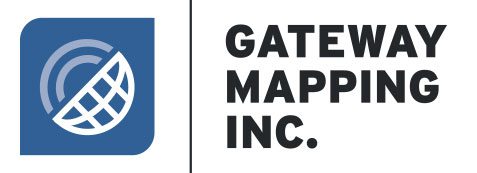
Washington State University is located in the City of Pullman. The campus operates much like an independent city, offering all of the necessary public services. The Engineering and Operations Departments are responsible for campus infrastructure including water, sewer, and irrigation utilities, as well as communication, electrical, and heating systems. Although utilities were mapped in computer-aided-drafting (CAD) software, the Departments needed a more efficient way to record and retrieve information.
CHALLENGES
University utilities were mapped in a grid-system with each individual grid cell being a separate CAD drawing. With this format, staff could only view or print individual cells showing a portion of the campus and all of its utilities—one grid cell at a time. They could not view or print a single utility in its entirety. In addition, utility lines that spanned multiple grid cells did not line up, leaving an inaccurate picture. With ten different systems to track, staff found it very time consuming and inconvenient to maintain system maps.
SOLUTIONS
The Engineering and Operations Departments contracted with Gateway Mapping, Inc. (GMI) to create system maps of each utility. Elements from individual CAD drawings were identified by utility, placed into appropriate layers, and combined into system-wide drawings. Each utility was then carefully checked to be sure lines connected at the appropriate locations, and all features were assigned their appropriate utility and layer. Global Positioning System (GPS) surveying was used to field-verify monument and utility locations in order to improve positional accuracy of the maps. Each utility was then imported into GIS according to Spatial Data Standards for Facilities, Infrastructure, and Environment (SDSFIE).
Quality control processes were implemented that included regular meetings to discuss project progress and to review specific questions. These questions were highlighted on map books for each utility so that utility superintendents could review and provide answers.
BENEFITS
System maps are now in a format that is easy to access—no more grid system. Staff can now easily search and find information about each utility feature, such as pipe size and type. They can print maps that will allow them to quickly locate features in the field. GIS will serve as the platform that will facilitate maintaining system maps and assets now and in the future. A better system is in place that will benefit the Department for years to come.




